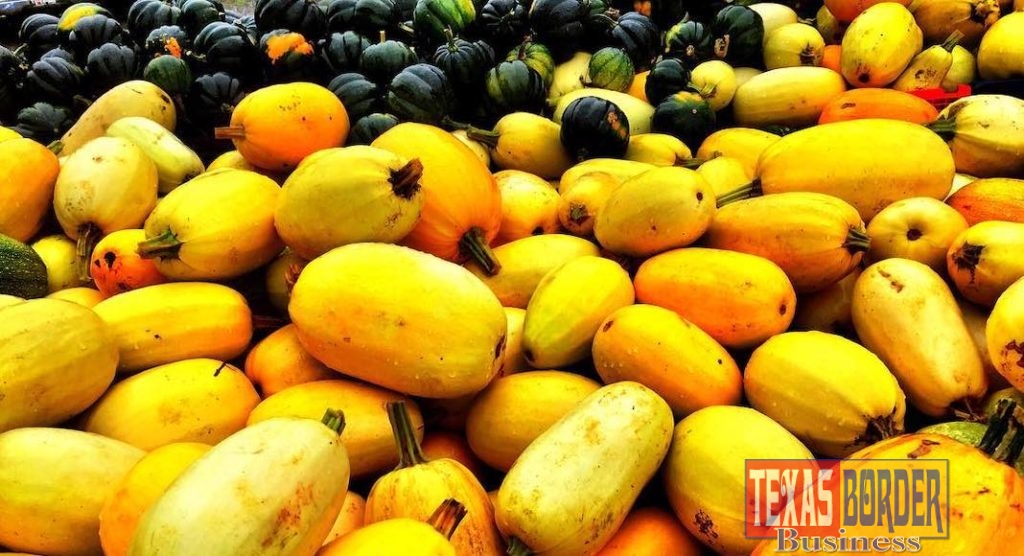
Texas Border Business
COLLEGE STATION – The specialty crop sector in Texas—consisting primarily of fruits and vegetables—has been one of the agricultural sectors hit hardest by the COVID-19 pandemic, according to Texas A&M AgriLife Extension Service economists.
According to a report from the Agricultural and Food Policy Center (AFPC), if the pandemic persists, Texas fruit and vegetable producers could be left without outlets for their highly perishable products and ultimately lose more than $397 million.
Typically, a large fruit and vegetable producer sells about 40 percent of its product to retail grocers, another 40 percent to restaurants and food-service outlets, and the remaining 20 percent to other outlets.
“As a result of the COVID-19 pandemic, the closure of most restaurants and schools has caused a major reduction in demand for produce,” said AgriLife Economist and AFPC Co-Director Joe Outlaw. “The pandemic has also caused significant disruptions to the supply chain and agricultural systems.”
Many grocery stores have significantly reduced the variety of items they stock.
Fruit and vegetable producers in South Texas have experienced anywhere between a 20 percent to 50 percent reduction in sales. Additionally, imports of fruits and vegetables from Mexico went down 18 percent in April, indicating low demand for both domestic and imported produce.
Additionally, South Texas’ labor shortage has only worsened due to the pandemic, especially as labor is diverted to cleaning, disinfecting, and sanitizing. Some producers have experienced up to a 50 percent reduction in harvesting crews.
While growing conditions in the state’s Winter Garden area bode well for most crops already in the ground, pandemic factors will likely continue to affect producer profitability for some time to come.













